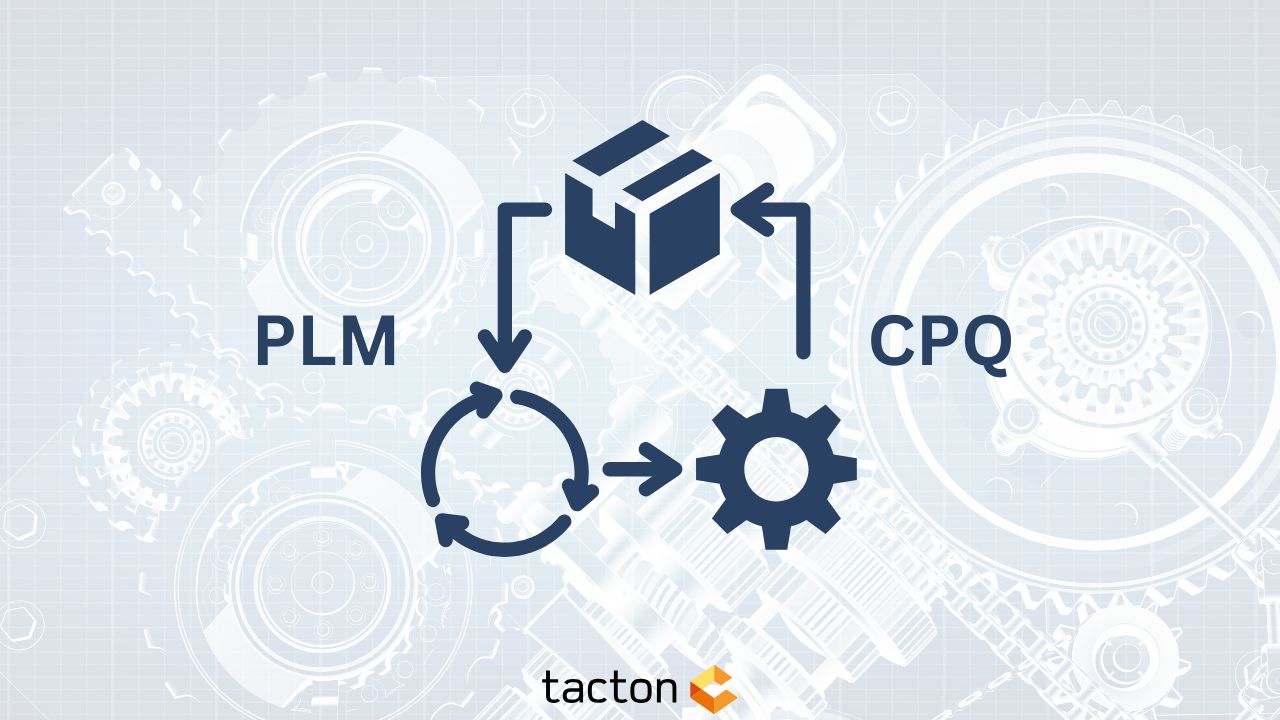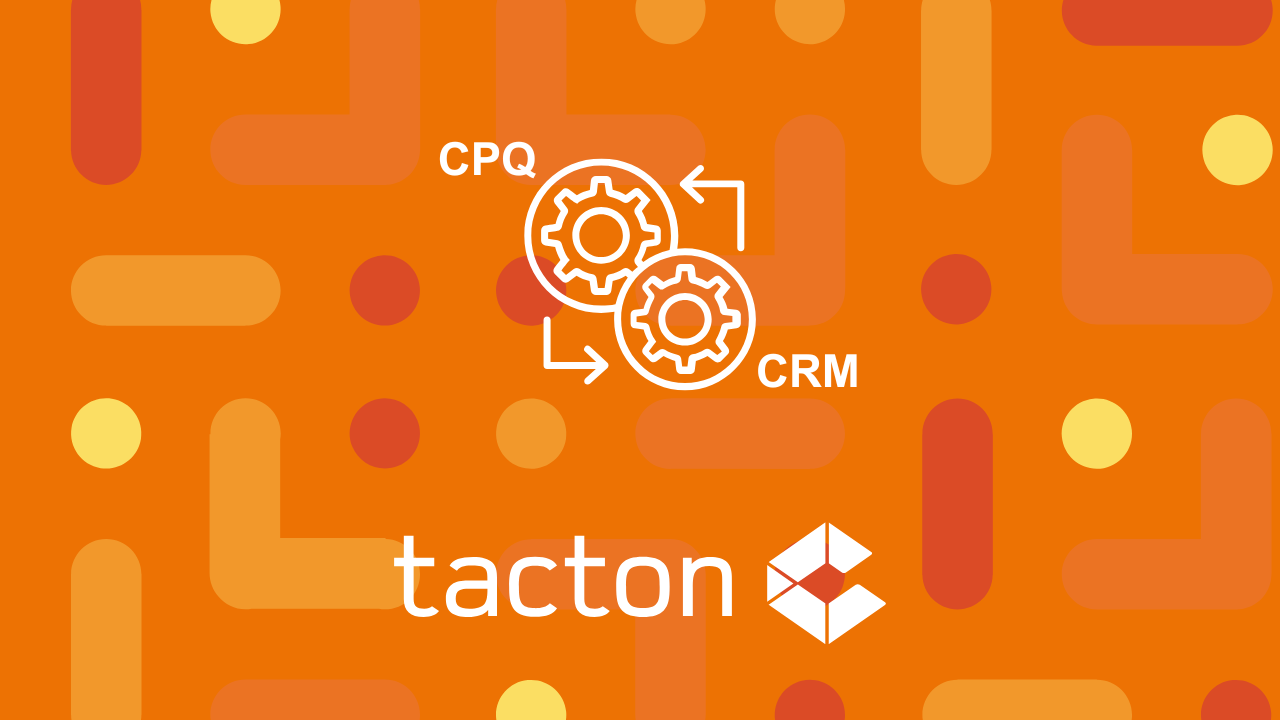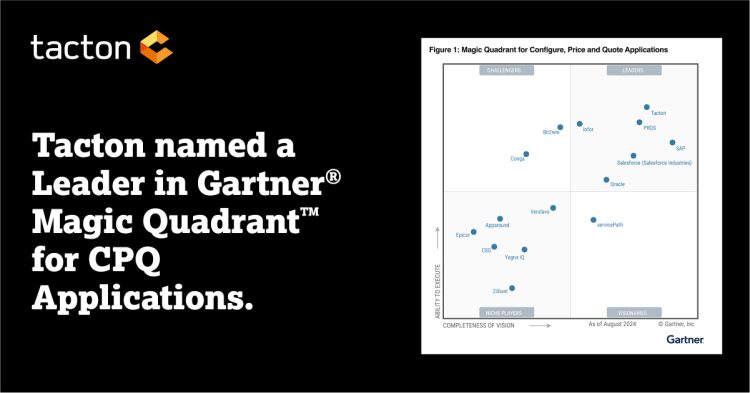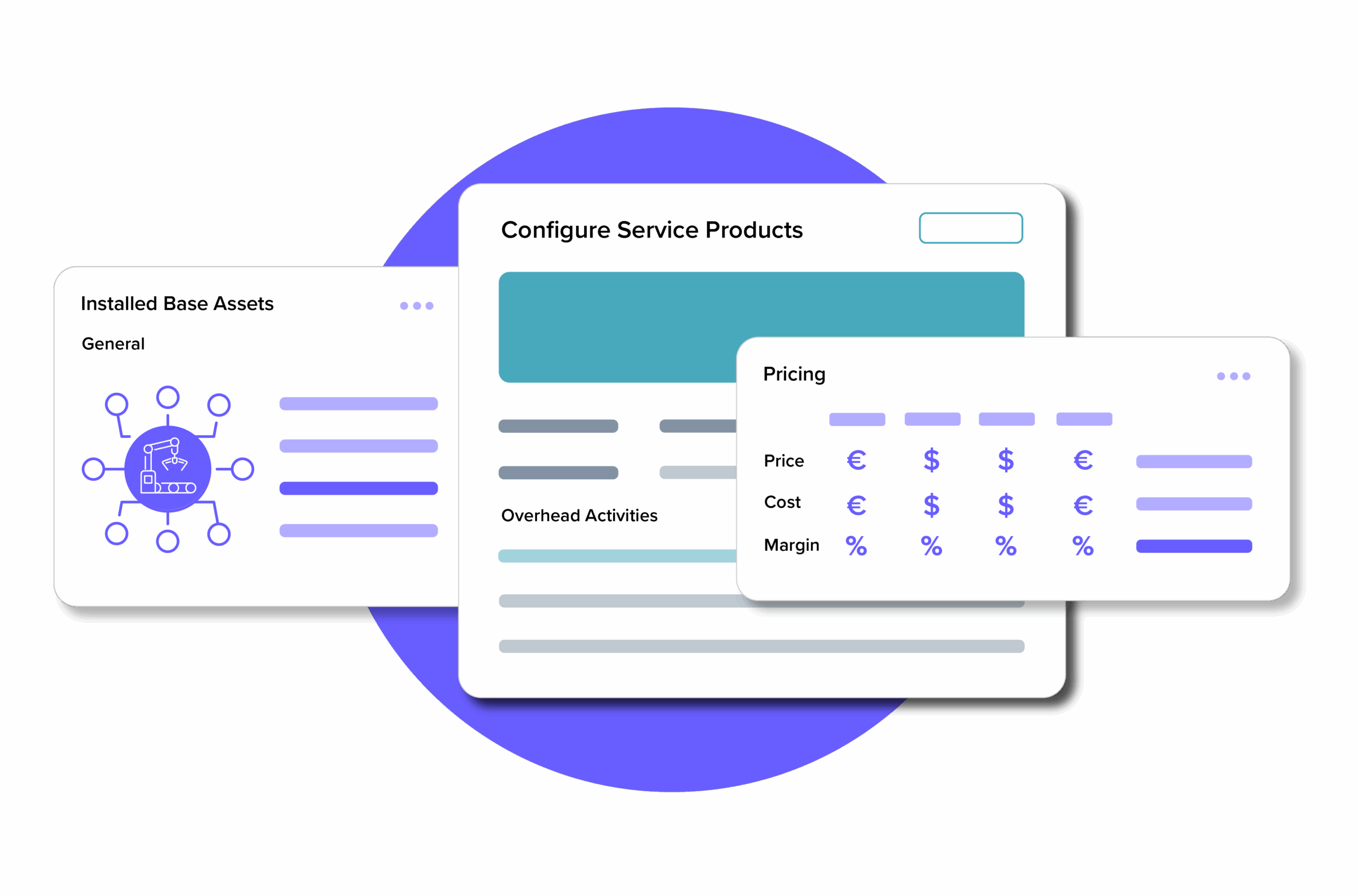The Buy vs Build Dilemma: Why Tacton CPQ Delivers More Value, Faster
CIOs should choose Tacton CPQ over homegrown solutions for faster time to value, scalability, lower maintenance costs, and reduced resource strain.

As a CIO, you need solutions that drive digital transformation without adding complexity and cost. A homegrown CPQ may seem like the best way to align to your company’s needs and complexity, but many IT leaders find it quickly becomes a resource drain—expensive to build and maintain and difficult to scale.
Tacton CPQ is purpose-built for complex manufacturers, eliminating the risks of custom development while ensuring flexibility, seamless integration, and long-term scalability. There are three core ways that Tacton helps CIOs create a more cost-effective, future-proof solution.
1. Homegrown CPQ Is a Multi-Year, Multi-Million Dollar Commitment
Time to value is mission critical for staying competitive and realizing ROI. But building a CPQ is a long-term, resource-intensive commitment. Developing an enterprise-grade CPQ solution requires a full-scale software development team and years of effort before delivering business value.
Breaking Down the Resource Investment
| Role | Team Size | Estimated Cost (Annual) |
| Software Developers (Front-End & Back-End) | 5-10 | $1M – $2M |
| Solution Architects | 1-2 | $250K – $500K |
| DevOps Engineers | 1-2 | $200K – $400K |
| Business Analysts | 2-3 | $200K – $400K |
| Subject Matter Experts (SMEs) | 2-3 | $200K – $400K |
| QA Engineers | 2-3 | $150K – $300K |
| IT Security Specialists | 1-2 | $150K – $300K |
| Project Managers | 1-2 | $150K – $300K |
| Total Estimated Cost | 15-25 FTEs | $2.5M – $5M+ per year |
Beyond the cost of a full-time development team—often made up of multiple engineers, architects, and project managers—time to value is a critical factor. Even with a viable solution, the timeline to get there is long and complex. A homegrown CPQ implementation often unfolds like this:
- Six to 12 months to build a working prototype
- 12 to 24 months to reach a minimally viable solution
- Two or more years to realize true business impact
This prolonged timeline delays efficiency gains, strains IT resources, and increases the risk of misalignment with evolving business needs.

The Alternative: Value in Just Six to Eight Months
Rather than investing years into development, Tacton CPQ provides manufacturers with a purpose-built, out-of-the-box solution that can be deployed in months rather than years. With industry-specific capabilities, seamless integrations, and continuous innovation, Tacton eliminates the burden of custom development while ensuring a faster, lower-risk path to transformation.
2. The Hidden Cost of Maintenance
The greater challenge—and cost—comes after deployment in maintaining and evolving the system over time. Unlike an out-of-the-box solution, which benefits from ongoing vendor-driven enhancements, a custom-made CPQ requires continuous internal investment to remain functional, secure, and aligned with business needs.
The True Cost of CPQ Maintenance
The annual cost of maintaining a homegrown CPQ is typically 20-40% of the initial build cost, translating to $1M–$4M per year depending on complexity. These costs stem from:
- Bug fixes and system stability: IT teams must continuously monitor, troubleshoot, and resolve performance issues, ensuring the CPQ system remains reliable.
- Pricing and product updates: Every adjustment to pricing rules, product configurations, and sales workflows requires dedicated engineering time and testing.
- Feature enhancements: As business needs evolve, so does the need for new capabilities. Each enhancement adds to the ongoing backlog, consuming IT resources and budget.
Unlike a vendor-supported CPQ, where updates are delivered seamlessly, every improvement in a homegrown system is an internal project that leads to longer timelines, increased costs, and IT backlog.
3. Your Homegrown CPQ Is Built for Today, But What About Tomorrow?
A homegrown CPQ may seem like a tailored solution today, but as your business evolves, it can quickly become a liability. Maintaining a custom-built CPQ demands ongoing investment and introduces risks that can hinder long-term growth.
- Losing key talent, like engineers or developers, can leave your CPQ a black box. Developers stay an average of 2–3 years, and when they leave, your system becomes difficult to manage. Even simple updates can cause delays, disruptions, and extra costs due to knowledge gaps. With Tacton CPQ, you get a continuously evolving, enterprise-grade solution—no internal expertise required.
- Security and compliance require constant attention. Homegrown CPQ solutions often lack enterprise-grade security, leaving sensitive data exposed. Keeping up with GDPR, ISO 27001, and industry regulations requires continuous IT oversight. Tacton CPQ is ISO 27001 certified and ensures built-in security and automatic compliance updates without adding to IT’s workload.
- Scaling with business growth adds complexity and cost. Expanding product lines, pricing models, or markets requires continuous custom development. More complexity means higher IT overhead, more staff, and constant maintenance. Tacton CPQ’s cloud-native architecture scales effortlessly, adapting as your business grows.
The Smarter Path Forward: Why Tacton CPQ is the Right Partner for IT Leaders
As a CIO, your mandate is to drive business growth while optimizing IT resources. A homegrown CPQ is often seen as a customized solution, but in reality, it ties up critical talent, inflates costs, and delays business impact. Tacton CPQ offers a smarter, more agile alternative to deliver scalability, security, and continuous innovation without the burden of custom development.
How Tacton CPQ Outperforms a Homegrown Solution
| Factor | Build In-House | Invest in Tacton CPQ |
| Time to Value | 2-3 years | 6-8 months |
| Total Cost Over 5 Years | $10M – $20M+ | Fraction of that |
| Security & Compliance | High risk, requires IT oversight | ISO 27001 certified & always up-to-date |
| Scalability | Limited, requires custom dev work | Cloud-native & scales with your business |
| Continuous Innovation | Requires dedicated R&D team | Automatic updates & new features |
| Total IT Burden | Heavy, requiring ongoing development | Minimal, fully managed by Tacton |
With Tacton CPQ, manufacturers get an enterprise-grade solution that accelerates implementation, lowers costs, and eliminates IT headaches.
- Fast implementation: Avoid 2–3 years of custom development.
- Lower total cost of ownership: No surprise costs or IT overhead.
- Enterprise-grade security: ISO 27001 certified, built-in compliance.
- Evolving capabilities: Continuous innovation without internal maintenance.
- Scalable & future-proof: Grows with your business, adapting to evolving needs.
Why take on the cost and complexity of building a CPQ when you can partner with a solution designed for long-term success? Tacton CPQ delivers faster ROI, lower IT burden, and the scalability manufacturers need to stay competitive. Connect with us today to see how Tacton can support your business.
Take this insight with you! Get a free PDF version of this blog to share with your team or revisit later. Download now.










